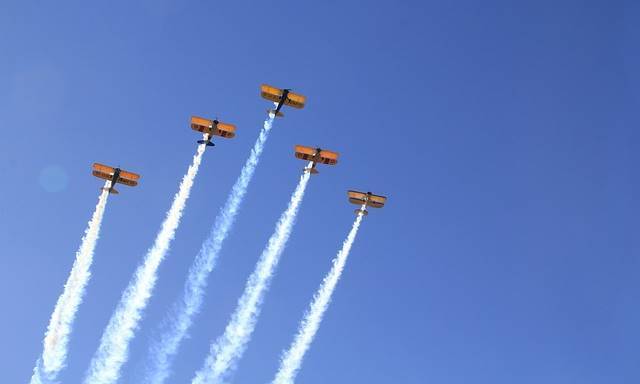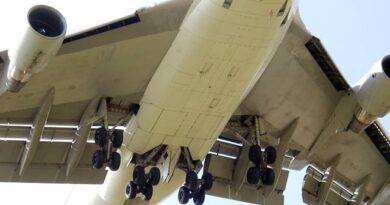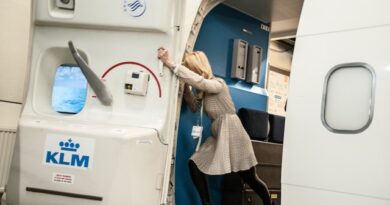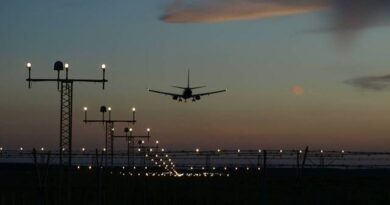What is Formation Flight – FF?
Formation flight refers to a synchronized flight of two or more aircraft flying in close proximity to each other, maintaining a specific arrangement or pattern. This technique is often used by military, aerobatic demonstration teams, and civilian pilots for various purposes, including training, tactical maneuvers, and aerial displays.
Formation flight requires precise coordination and communication between pilots to maintain safety and efficiency. The lead aircraft, also known as the “lead,” establishes the formation pattern and sets the speed and altitude for the other aircraft, known as the “wingmen,” to follow. Wingmen must maintain their position relative to the lead aircraft while avoiding any collisions or disturbances caused by the wake turbulence generated by the lead aircraft.
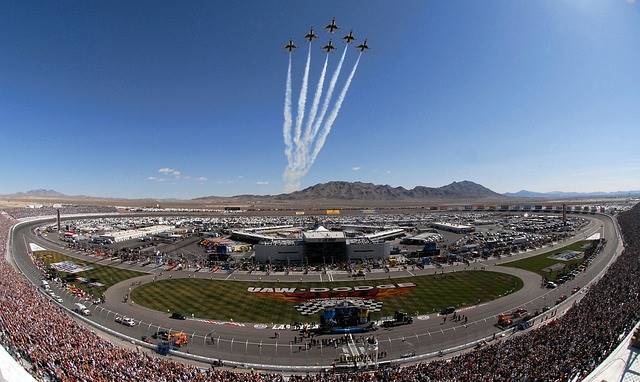
Benefits of Formation Flight
Formation flight has several benefits. It allows pilots to fly in close proximity, which can enhance situational awareness and communication among team members. It also promotes training and skill development, as pilots must maintain precise control and spatial awareness during complex maneuvers. Additionally, FF can be visually appealing and is often used in airshows and demonstrations to showcase the capabilities of aircraft and pilots.
Pilots perform formation flight in various contexts. In the military, it is used for tactical purposes, such as combat missions, air superiority exercises, and aerial refueling operations. Aerobatic demonstration teams, such as the Blue Angels and the Thunderbirds, perform FF as part of their aerial displays during airshows. Civilian pilots may also engage in FF for recreational purposes, such as formation flying clubs or organized events.
References:
- “Formation Flying Handbook,” Federal Aviation Administration (FAA), FAA-H-8083-19A, 2019.
- “Formation Flying: A Visual Guide for Pilots,” AOPA Air Safety Institute, 2017.
- “Formation Flying Operations,” U.S. Department of Defense, Joint Publication 3-09.3, 2017.
- “Aerobatic Formation Flying,” International Aerobatic Club, 2018.
- “Formation Flying Basics,” Experimental Aircraft Association (EAA), 2020.
